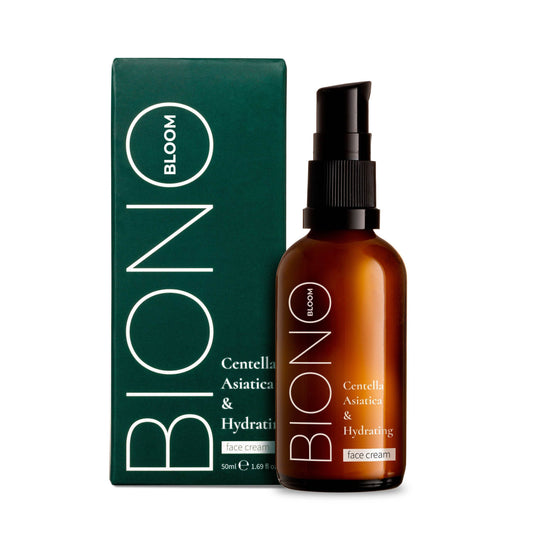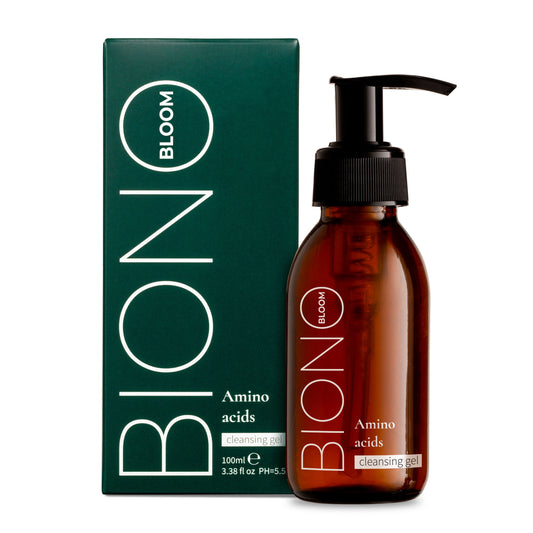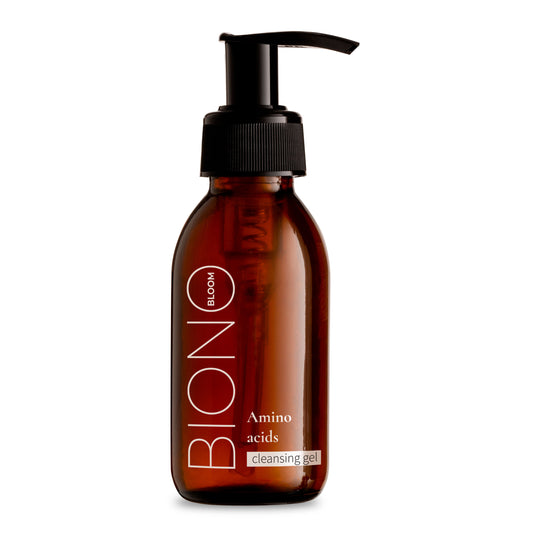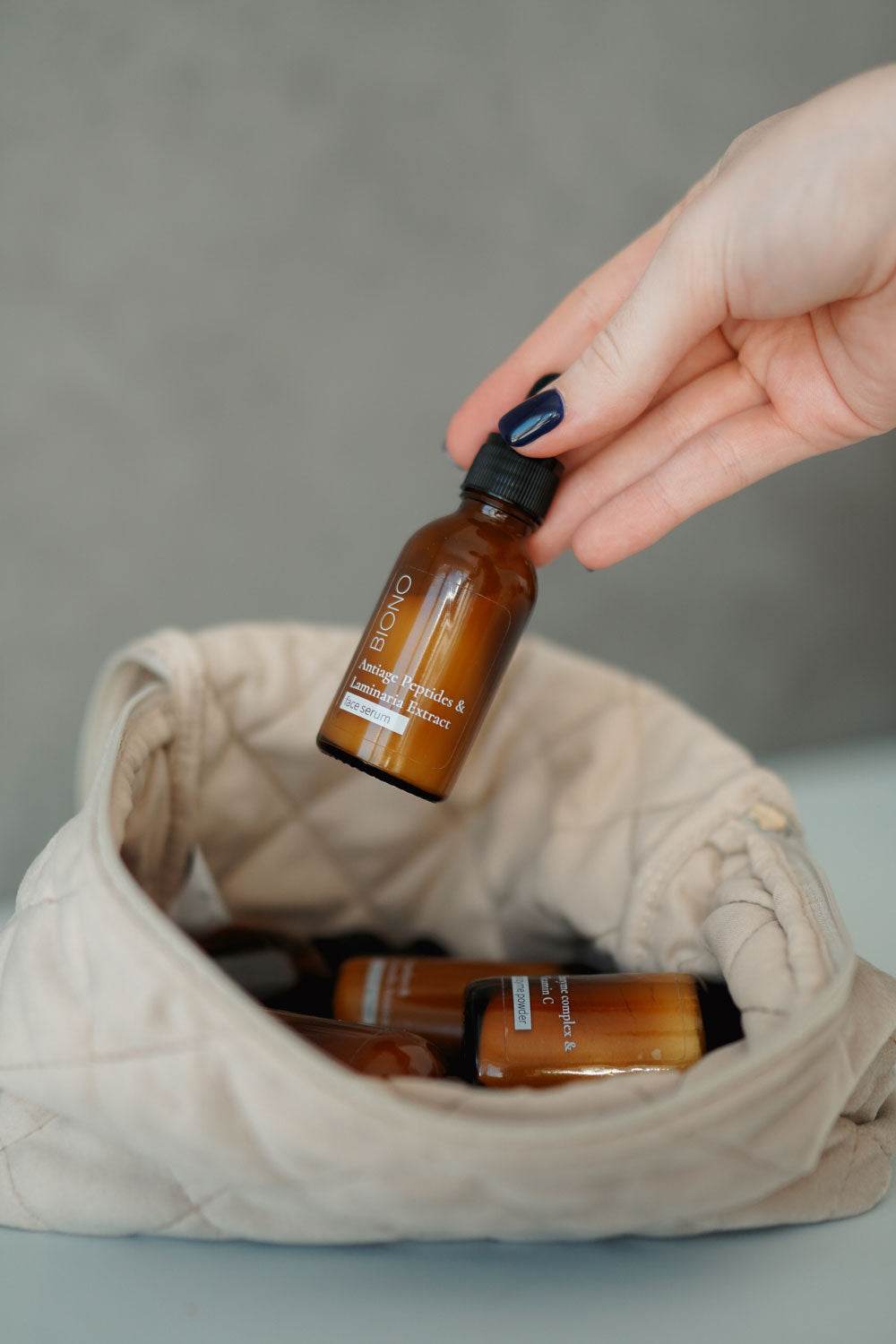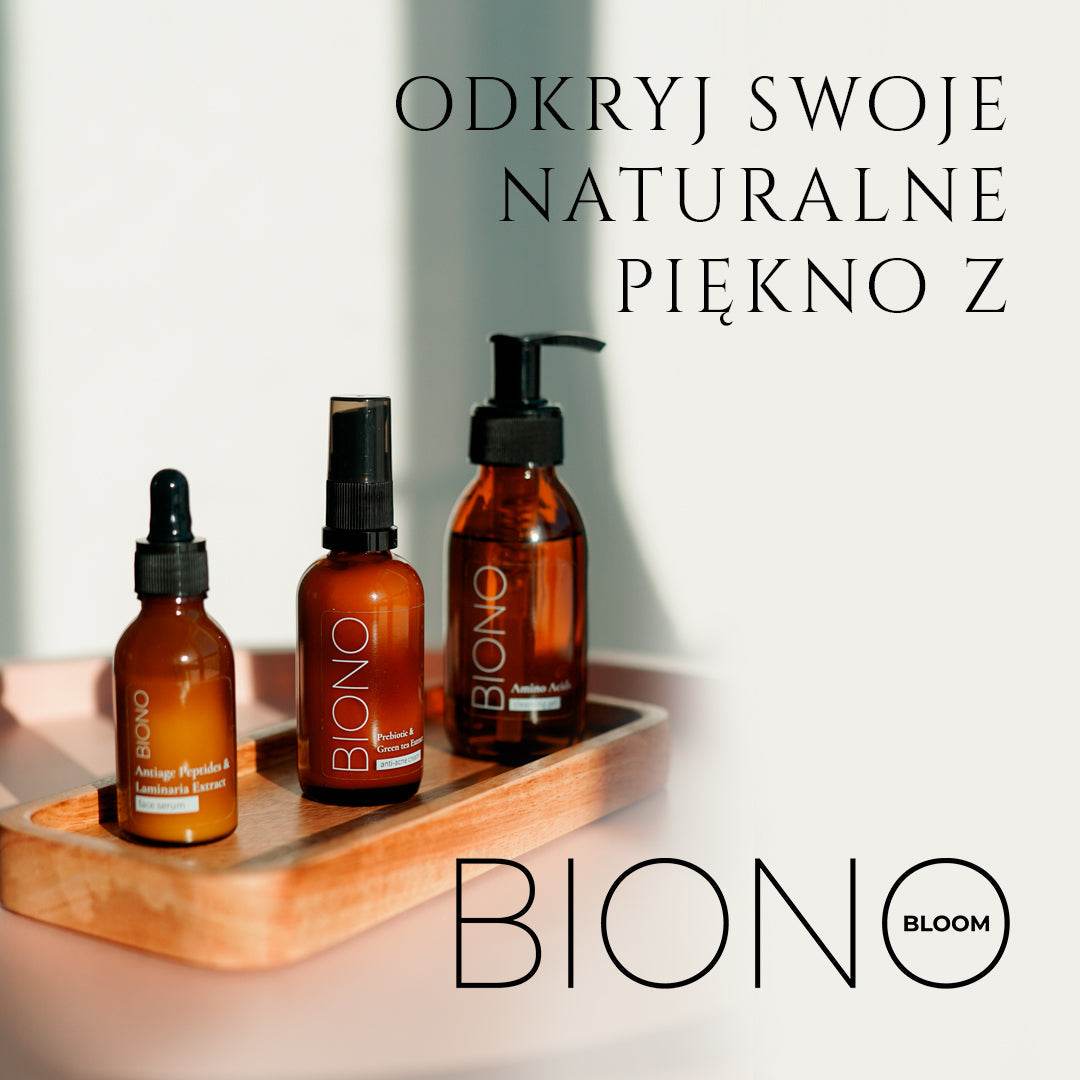Facial Toner After 30: Why Is It Needed and How to Choose It?
Share
After the age of 30, the skin begins to change: collagen production decreases, the first wrinkles appear, and the skin loses moisture faster than before. At this stage, it is important not only to cleanse the skin, but also to moisturize, strengthen and maintain its color. One of the products that should be added to your daily skin care routine is a facial toner. Not just any toner, but one that meets the needs of mature skin.
Why do skin needs change after age 30?
After the age of 30, the skin begins to undergo a natural process of age-related changes, which are not always immediately noticeable, but gradually affect its appearance and overall condition. The rate of cell renewal slows down, the production of collagen and elastin decreases, and with them the elasticity of the skin. Not only does the texture of the face change, but also the skin's ability to repair itself.
Hydration, which seemed stable in your 20s, is no longer naturally maintained in sufficient quantities. The skin loses moisture faster, leading to dryness, fine lines and dullness. The ability to retain moisture in the deeper layers of the epidermis is also reduced. In addition, the pH balance can be disturbed - the skin becomes more sensitive to external irritants, stress and climate changes.
In such conditions, basic cleansing is no longer enough. It is no longer able to provide the skin with everything it needs - hydration, nutrition and protection. That is why an integrated approach to care comes to the fore, in which toners with active ingredients play an important role. They not only refresh, but also restore water balance, preparing the skin to effectively absorb subsequent products.

Choosing cosmetics after 30: what to pay attention to?
After the age of 30, choosing cosmetics becomes more responsible - now it's not just about "cleansing well" or "smelling nice". The skin gradually loses moisture, becomes less elastic, and regenerative processes slow down. That's why it's worth replacing basic care with products with active ingredients that really work.
The main focus should be on hydration, protection from external factors and maintaining elasticity. In everyday cosmetics, it is worth looking for hyaluronic acid, niacinamide, peptides, antioxidants, ceramide or squalane. These ingredients maintain water balance, reduce the first signs of aging and strengthen the skin's barrier functions.
It is also important to pay attention to night care: it is at night that the skin is actively restored, so a well-chosen cream or serum can give a tangible effect. Do not forget about toner, which acts as a preparatory step - it improves the penetration of active ingredients and moisturizes the skin before applying a serum or cream.
What role does toner play in anti-aging care?
In skin care after 30, tonic is no longer just an additional product - it is a full-fledged stage that has a significant impact on the condition of the skin. It performs several functions at once, but the main one is moisturizing and restoring balance after cleansing. After all, the older the skin, the faster it loses moisture, and its restoration becomes more difficult.
Toner acts as a "conductor" for the active ingredients that will be applied next. When the skin is moist, its ability to absorb nutrients is greatly enhanced. Therefore, a high-quality toner not only prepares the face for the serum or cream, but also increases their effectiveness. This is especially important in anti-aging care, where each ingredient must work as thoroughly as possible.
Modern toners are not just light water. They often contain antioxidants, soothing extracts, vitamins and moisturizers that strengthen the skin, soothe irritations and fight oxidative stress. This means that it is not just an auxiliary product, but an active participant in the anti-aging routine, helping the skin to remain fresh, elastic and resistant to external factors.
What ingredients should you look for in a toner after the age of 30?
After the age of 30, the skin no longer forgives haphazard care and low-quality ingredients. Therefore, when choosing a toner, you should carefully study the composition - and look for not just "something moisturizing", but active ingredients that work to maintain elasticity, shine and protect against premature aging.
First of all, it is worth paying attention to hyaluronic acid - it restores skin moisture and provides its natural elasticity. Peptides stimulate collagen synthesis and strengthen the skin structure, and niacinamide improves skin tone, reduces discoloration and has a mild anti-inflammatory effect. Together, these ingredients create powerful support for the skin, which loses elasticity and moisture with age.
Another essential ingredient is antioxidants. Look for vitamin C, green tea, coenzyme Q10 or vitamin E in your foundation. They protect cells from oxidative stress that accelerates aging, help combat dullness and stimulate natural repair processes.
Most importantly, avoid formulas containing alcohol. Toners with a high alcohol content can dry out the skin, disrupt its protective barrier and cause hypersensitivity. Choose formulas without aggressive ingredients, with a soft base and natural extracts - they create gentle but effective care that skin after 30 will appreciate.

How to choose the right tonic for your skin type after 30?
After the age of 30, the skin becomes more demanding, and universal products do not always work. The choice of toner should be dictated not only by age, but also by the type of skin, because its needs can change with time - dry skin becomes sensitive, oily skin loses elasticity, and combination skin reacts to stress or climate.
For dry skin, choose toners with hyaluronic acid, beta-glucan, squalane or microdoses of natural oils. They provide deep hydration and a comfortable feel without being sticky. For combination skin, multi-purpose toners with niacinamide or peptides are suitable, as they both hydrate and balance oily areas. Oily skin, on the other hand, requires lightweight toners with anti-inflammatory and sebum-regulating ingredients, such as aloe, green tea or low concentrations of acids.
Sensitive skin requires special attention in adulthood. With age, it often becomes reactive - it reacts to changes in temperature, water or cosmetics. In such a case, it is better to choose hypoallergenic toners with a minimalist composition: without fragrances, alcohol and potential irritants. Products with panthenol, ceramides and Asian centella work well.
A proven solution is anti-aging toners, which combine hydration and nourishment. They do not promise an overnight miracle, but help the skin look well-groomed, toned and fresh. It is important not only to choose a popular product, but one that really meets your needs. After all, a well-chosen toner is the basis of effective daily care after the age of 30.
How to use tonic in daily skin care?
Toner isn’t just another product, but a full-fledged step in your daily skincare routine. To get the most out of it, it’s important to know when and how to apply it. The best option is to apply it immediately after cleansing, to slightly damp skin. This can be done either morning or night, depending on your needs. In the morning, toner helps hydrate and prepare your skin for SPF and makeup, while in the evening it soothes and “opens the door” for your serum or night cream.
Many people are confused: if you have a toner, do you also need a toner? The answer is simple: no, not necessarily. In most cases, a toner is a good substitute for a toner, especially if the skin does not need additional cleansing after washing. If you use heavy makeup or SPF, a toner can be an additional step before a toner, but definitely not its analogue.
To maintain the effect, the toner should be complemented with the appropriate products: a serum with actives (anti-aging, moisturizing or brightening), a day or night cream, depending on the time of day, and SPF protection in the morning. This combination will help keep the skin moisturized, supple and protected every day, especially after the age of 30, when every step in the skin care routine counts.
How to use toner correctly: opinions and practical experiences
When it comes to the question of the correct use of toner, the opinions of real users are often no less useful than the manufacturer's instructions. Many people share their experience that regular use of toner twice a day - morning and evening - gives a tangible effect within 1-2 weeks. The skin becomes more moisturized, soft, the color is evened out, dryness and a feeling of tightness disappear.
According to reviews, the toner works best when it is hammered into the skin with your hands, rather than applied with a cotton pad - this way, the active ingredients are not lost and penetrate better into the deeper layers. This is especially true for gel or moisturizing formulas. Users also note that applying the toner to damp skin after washing significantly enhances the moisturizing effect, as if the toner "locks" the moisture inside.
Those who have long included toner in their skincare routine after the age of 30 agree on one thing: this stage really changes the quality of the skin, especially when used regularly and in combination with the right serum and cream. Reviews confirm that even the simple addition of toner to the routine makes care more holistic and the skin more resistant to everyday challenges.
Facial Toner After 30: How to Choose the Right One and Why You Need It
After the age of 30, skin care takes on a new dimension. It is no longer just cleansing and basic moisturising - it is a conscious choice for healthy, balanced and well-groomed skin. Toner becomes a key step that combines cleansing with the active phase of care. It not only prepares the skin to receive serums and creams, but also contributes to moisturising, soothing and maintaining the natural balance.
The right toner is an investment in the elasticity, freshness and firmness of your skin. And although the result is not always visible right away, it is the regular use of a high-quality toner that provides the so-called "healthy look without makeup". It is a simple but important step in the skin care routine that brings the greatest results over time.



